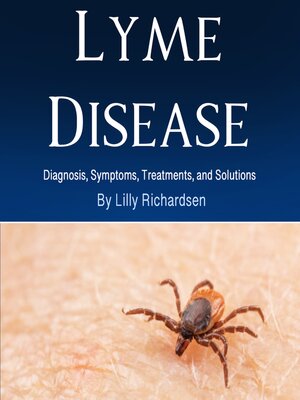Lyme Disease
audiobook (Unabridged) ∣ Diagnosis, Symptoms, Treatments, and Solutions
By Lilly Richardsen

Sign up to save your library
With an OverDrive account, you can save your favorite libraries for at-a-glance information about availability. Find out more about OverDrive accounts.
Find this title in Libby, the library reading app by OverDrive.



Search for a digital library with this title
Title found at these libraries:
| Library Name | Distance |
|---|---|
| Loading... |
Lyme disease is an infectious illness primarily caused by the bacterium Borrelia burgdorferi, which is transmitted to humans through the bite of an infected black-legged tick, commonly known as the deer tick. The disease is named after Lyme, Connecticut, where the first recognized outbreak occurred in the 1970s. Since then, Lyme disease has become the most common vector-borne disease in the United States and many parts of the world, with cases steadily increasing due to expanding tick populations and climate changes.
The bacteria responsible for Lyme disease are typically introduced into the human bloodstream when an infected tick attaches itself to the skin and begins feeding. The early signs of Lyme disease can range from mild to severe and are often mistaken for other common illnesses. The most notable symptom is a circular, red rash, often described as a "bull's-eye," which can appear at the site of the tick bite. This rash, called erythema migrans, occurs in approximately 70-80% of patients and is considered a hallmark of early Lyme disease. However, not everyone with Lyme disease develops this rash, and other flu-like symptoms such as fever, fatigue, muscle and joint aches, and headache may also appear.
If left untreated, Lyme disease can progress to more severe stages, where it may affect the joints, nervous system, and heart. In some cases, patients may experience chronic symptoms such as joint pain, neurological problems, and persistent fatigue, even after the initial infection has been treated. This stage is known as "post-treatment Lyme disease syndrome" (PTLDS), where symptoms can linger for months or even years.







